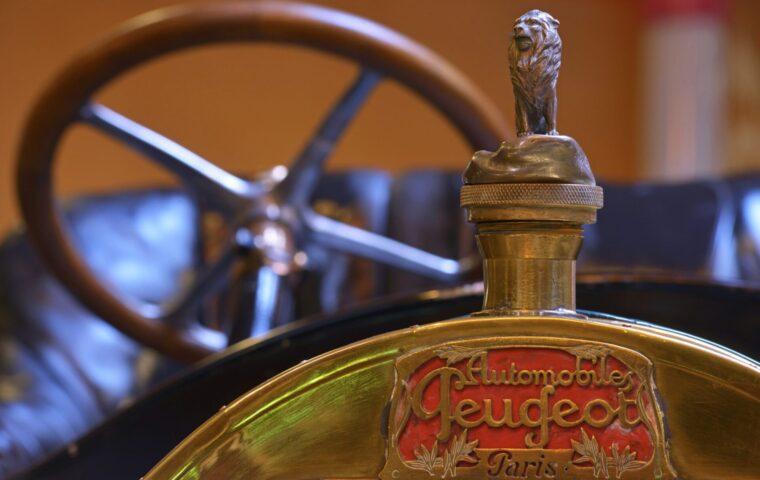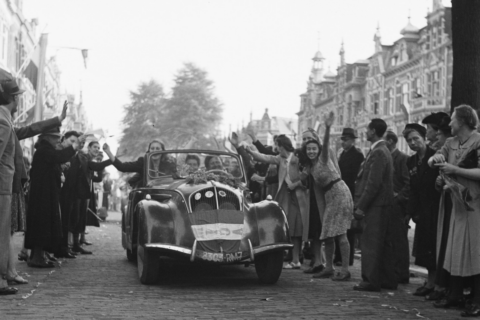You often hold it in your hands, but you probably never think about it: the steering wheel. Now quite obvious, but in the early days of the automobile the steering wheel did not yet exist. Time for a review.
The first steering wheel
The very first steering wheel appeared in July 1894 on Alfred Vacheron’s Panhard 4 HP for the Paris-Rouen race organized by Pierre Giffard, journalist of the Parisian daily Le Petit Journal, published from 1863 to 1944. The race was a great publicity stunt for a recent invention: the automobile. During the journey from Paris to Rouen, a distance of about 100 kilometres, motorized vehicles had to prove their endurance.
A lever
Peugeot cars, with two gears and four cylinders, were controlled by a lever and resembled motorized cabs. In other vehicles, passengers sat facing each other, such as in a coach. At the time, manufacturers were still struggling to change the familiar seating arrangement in the horse-drawn carriages.





Alfred Vacheron
More than a hundred cars with different types of engines (steam, oil, petrol, electric, compressed air, pedals) took part in this race. Despite the technical innovation of the steering wheel, Alfred Vacheron finished fourth in the race with his Panhard 4 HP, while Panhard and Levassor and the sons of the Peugeot brothers came first in a tie.
The round steering wheel
The lever to control the car was then gradually replaced by the round steering wheel. The technical affinity with horse-drawn carriages disappeared. The PEUGEOT Type 36 stood out from the motorized carriages of 1901 thanks to two major innovations: a front bonnet and a steering wheel instead of a handle.
Still quite handy
The steering wheel is the mechanical part designed to steer the wheels of a vehicle and is part of the steering system operated by the driver. The inventors of the automobile realized that it is easier for the driver to control a car with a round steering wheel instead of one or more levers.
Big change
In the early 1990s, the steering wheel underwent a major change due to the widespread adoption of airbags and power steering. The steering wheel became more multifunctional, incorporating more and more secondary features that had nothing to do with the primary function of the steering wheel, which was to steer the wheels.
Round, not necessary
A steering wheel is by definition not necessarily round. There are various interpretations. For example, sports steering wheels are often flattened for a more sporty look and feel. And look at F1 cars: they tend to have handles. In addition, the steering wheel never has a fixed diameter. In each car, the manufacturer uses a different steering wheel, tailored to the available space and the design language. So you see, the steering wheel provides interesting conversation material.
Stuurwiel
Source: Peugeot, skoda.nl, wikipedia





